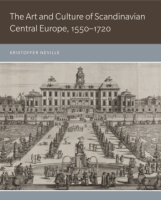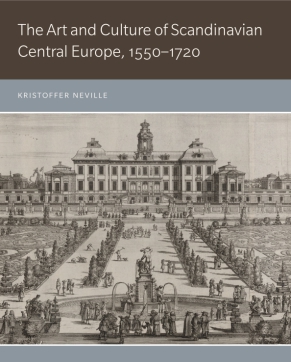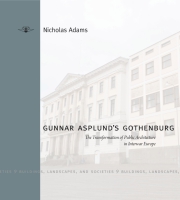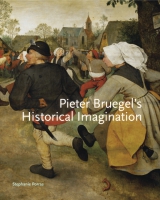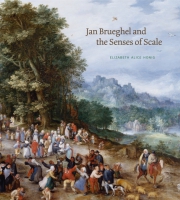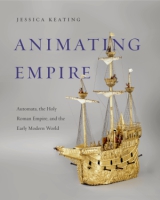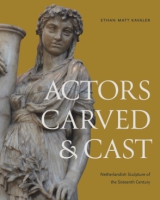The Art and Culture of Scandinavian Central Europe, 1550–1720
Kristoffer Neville
“Kristoffer Neville has given early modern scholars a gift. He has presented a major, if often invisible, core of northern Central Europe, Scandinavia, as a coherent and productive cultural center. This book offers history of the richest kind: political, religious, and visual culture. Neville deftly introduces us to unfamiliar castles and palaces, churches, and tombs as well as peripatetic Northern artists. All can now take their rightful place in early modern European art and architectural history, thanks to this revelatory volume.”
- Media
- Description
- Reviews
- Bio
- Table of Contents
- Sample Chapters
- Subjects
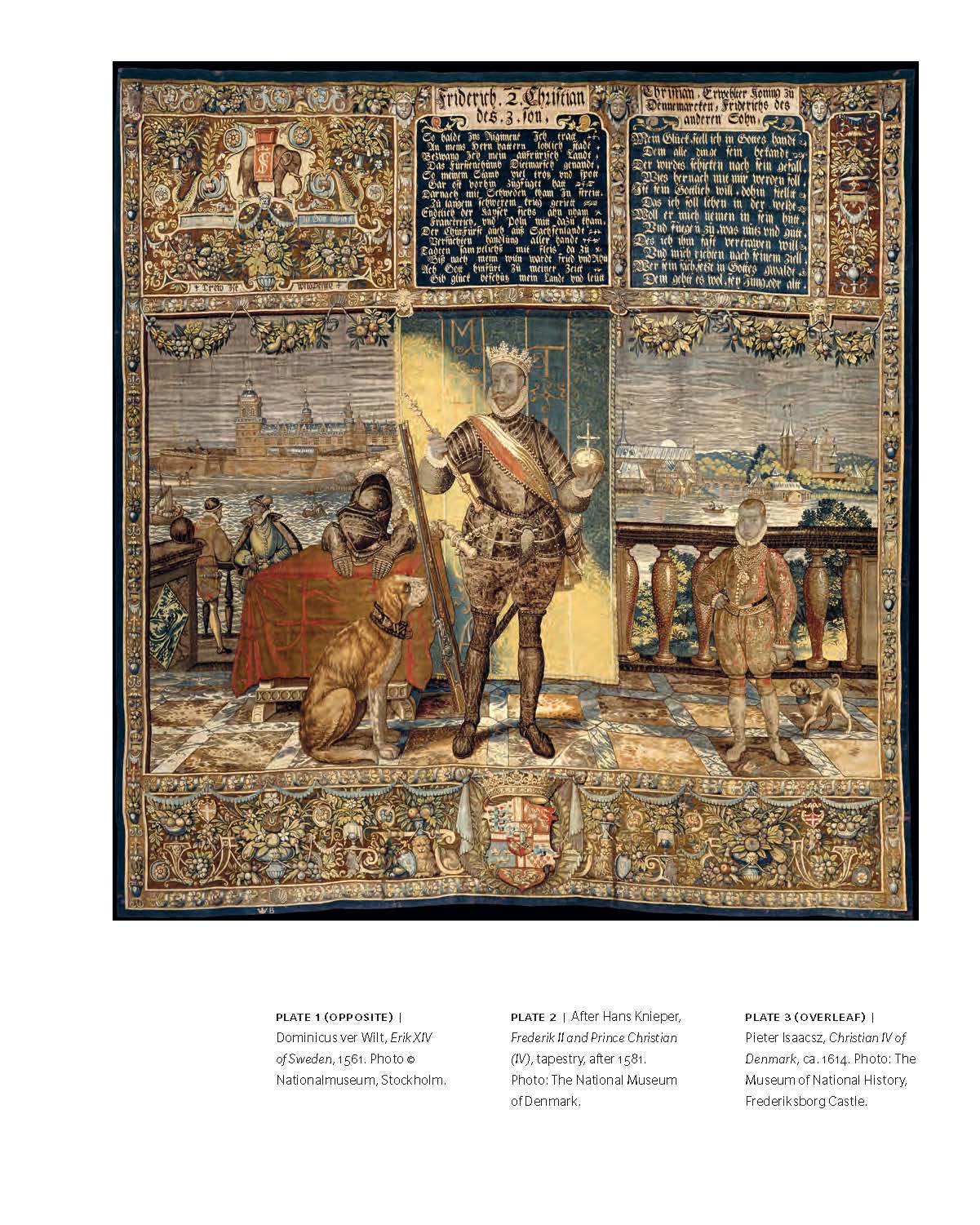
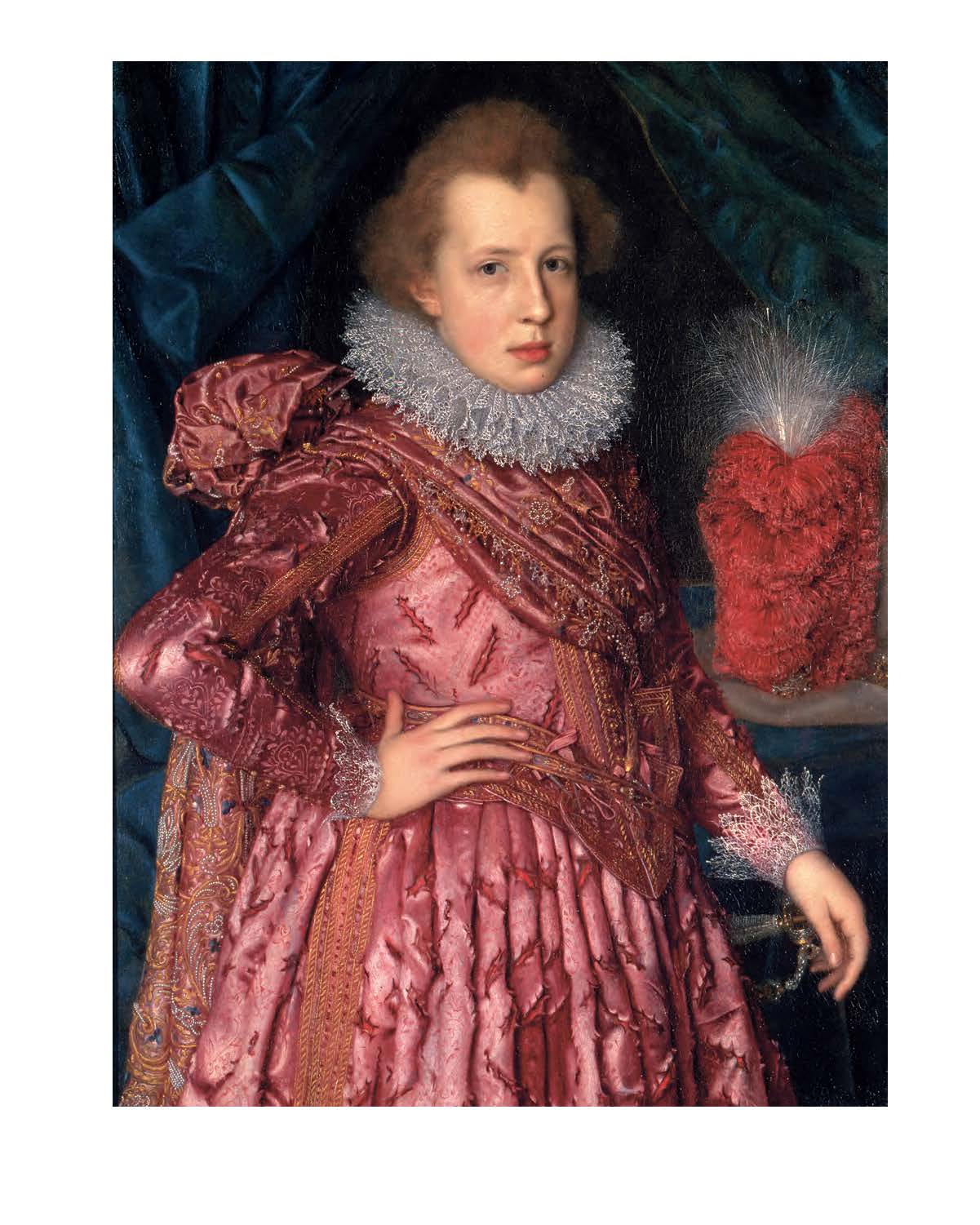
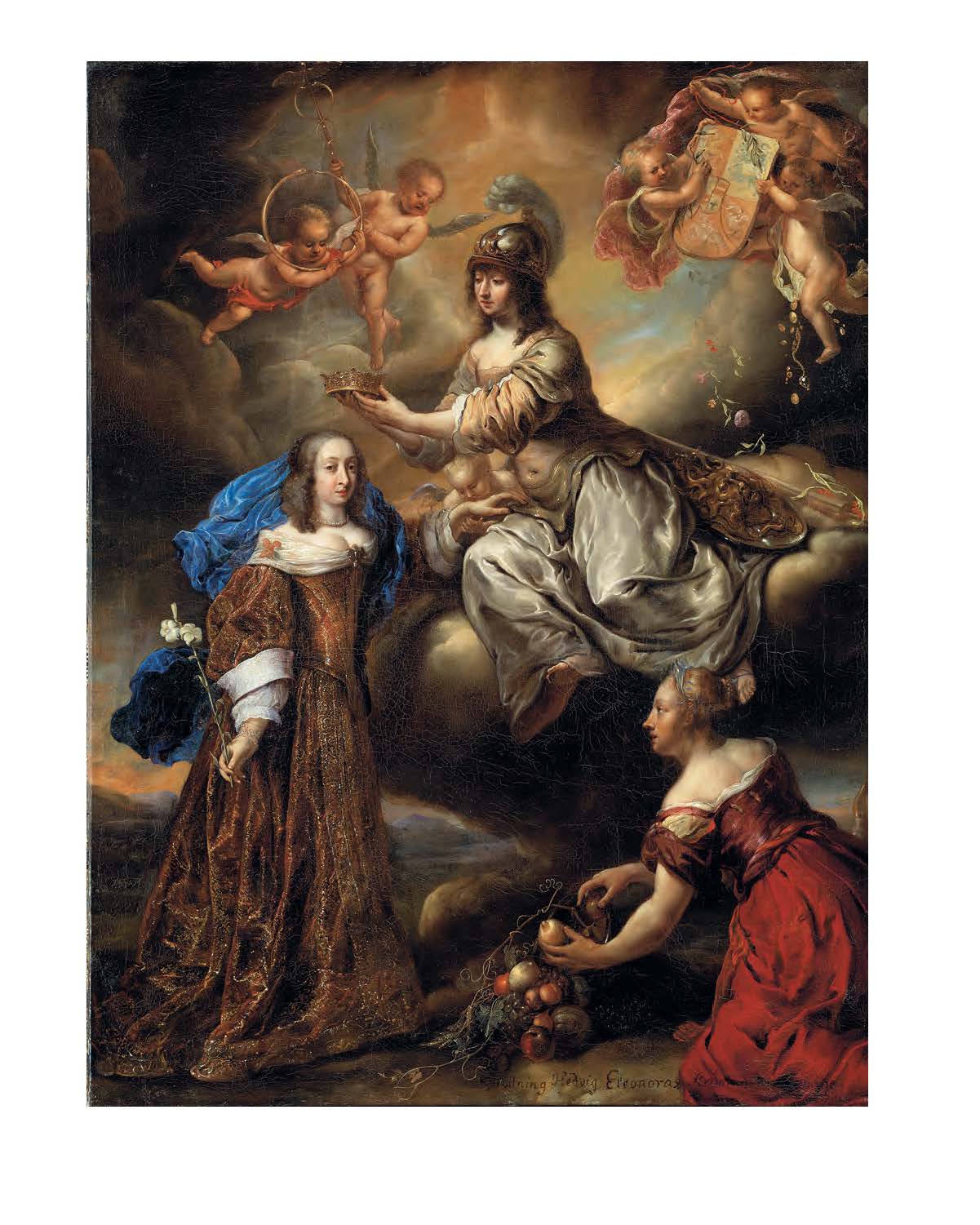
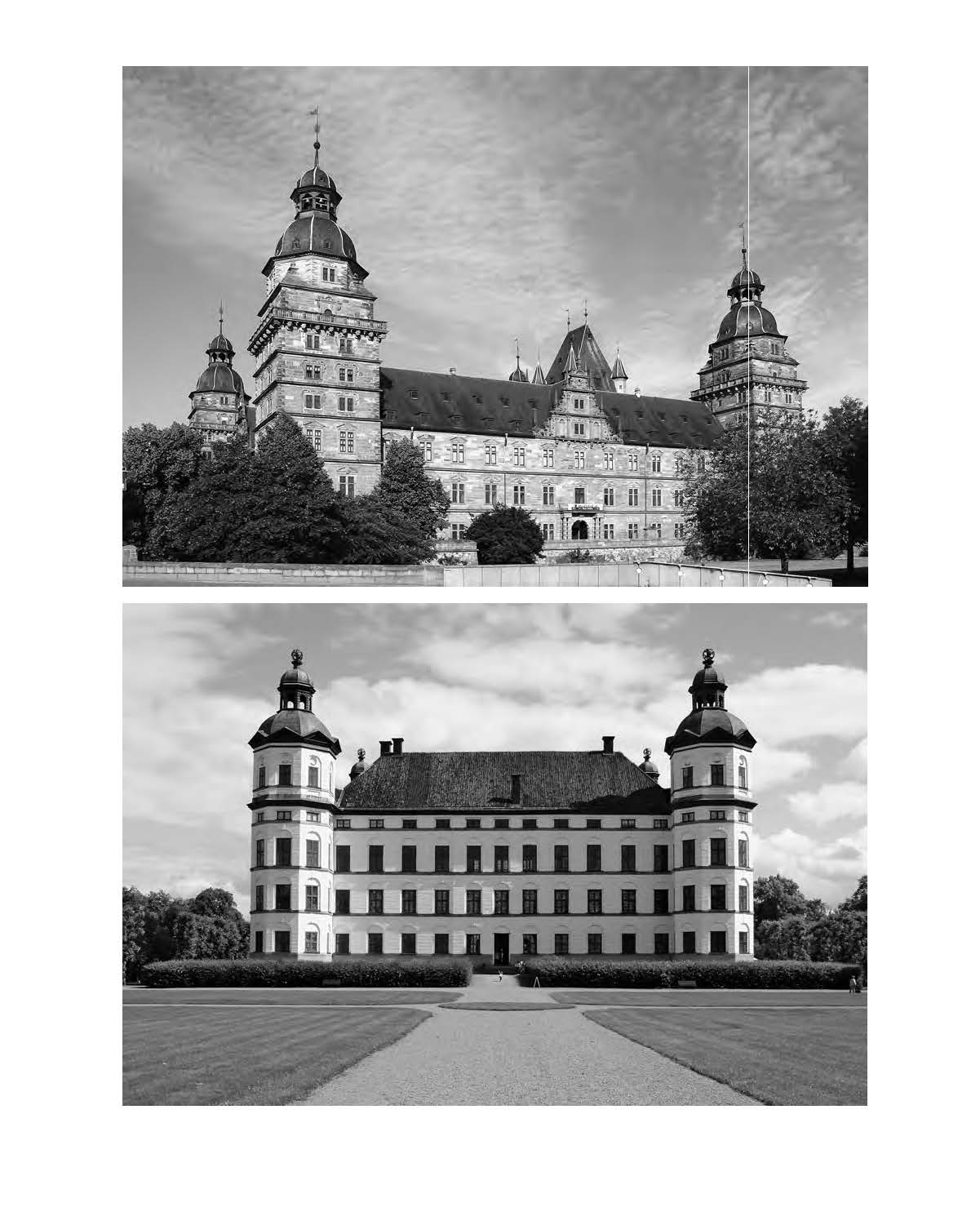
Tracing the visual culture of the Danish and Swedish courts from the Reformation to their eventual decline in the eighteenth century, Neville explains how and why they developed into important artistic centers. He examines major projects by figures largely unknown outside of Northern Europe alongside other, more canonical artists—including Cornelis Floris, Adriaen de Vries, and Johann Bernhard Fischer von Erlach—to propose a more coherent view of this part of Europe, one that rightly includes Scandinavia as a vital component.
The seventeenth century has long seemed a bleak moment in Central European culture. Neville’s authoritative and unprecedented study does much to change this perception, showing that the arts did not die in the Reformation and Thirty Years’ War but rather flourished in the Baltic region.
“Kristoffer Neville has given early modern scholars a gift. He has presented a major, if often invisible, core of northern Central Europe, Scandinavia, as a coherent and productive cultural center. This book offers history of the richest kind: political, religious, and visual culture. Neville deftly introduces us to unfamiliar castles and palaces, churches, and tombs as well as peripatetic Northern artists. All can now take their rightful place in early modern European art and architectural history, thanks to this revelatory volume.”
“Kristoffer Neville’s marvelous book explores the contributions of the often-battling kingdoms of Denmark and Sweden to early modern European art and court culture. Frequently overlooked as the far north, these realms were intricately tied with their Central European and Baltic neighbors through marriage, religion, trade, war, shared borders, and the movement of artists. Neville clearly charts the rich artistic heritage from Frederik II’s Kronborg Castle to Queen Christina’s collections to Nicodemus Tessin the Younger’s ideal plans for Stockholm.”
“In his beautiful and elegant book, Kristoffer Neville presents a new history of the architecture and art of the Scandinavian countries in the Renaissance and Baroque. Anyone who has been to the vast lands ruled by the kings and queens of Denmark and Sweden knows that this art is a revelation. Neville contributes here to a rewriting of Renaissance art, weaving together historical context and a close analysis of extraordinary objects. This is essential reading for students, scholars, and anyone interested in the diversity of early modern culture.”
“Neville has written a useful book that not only serves as an introduction to the cultural landscape of a lesser-known region, but also demonstrates that differences between works produced in Copenhagen and Stockholm on the one hand, and the Holy Roman Empire on the other, were no more significant than those between Berlin, Dresden, and Munich. His book will be an invaluable survey of this often-overlooked corner of Europe for years to come.”
“The Art and Culture of Scandinavian Central Europe, 1550-1720 is a quite readable, informative look at the history of Scandinavia’s role in Central European history and its contributions to art history in particular. There are some lovely color plates and other illustrations that are skillfully explicated. I will never look at an equestrian statue in quite the same way again.”
“[Neville’s] approach, undergirded by an impressive, unostentatious combination of multilingualism, extensive field research (no less than twenty-five illustrations of various monuments are the author’s own photographs), and wide-ranging command of historiographies and bibliographies hitherto largely isolated by nationalist paradigms, does much to provide new insights into the vibrant cosmopolitan and polycentric nature of the early modern boreal courtly milieu.”
“By focusing on both Sweden and Denmark [Neville] transcends the limits of nationalist art histories and produces an account that is reflective of the porous and polyglot nature of the period’s courts. His book will allow for a diffusion of insights synthesized from foundational texts in early modern Scandinavian art, many of which have never been translated. His accessible account of major monuments is a boon to professors seeking to widen the geographic purview of their survey courses.”
Kristoffer Neville is Associate Professor of Art History at the University of California, Riverside. He is the author of Nicodemus Tessin the Elder: Architecture in Sweden in the Age of Greatness and coeditor of Queen Hedwig Eleonora and the Arts: Court Culture in Seventeenth-Century Northern Europe.
List of Illustrations
Preface and Acknowledgments
Introduction
1. Gothicism in Germania
2. Reform and Reformation
3. Frederik II and the Arts in Denmark in the Later Sixteenth Century
4. Christian IV
5. Minerva’s World
6. Two Queens
7. Absolutism
Epilogue: The Romantic North
Notes
Bibliography
Index
From the Introduction
In Central Europe, the patterns of cultural history often appear different from those seen elsewhere. In France, Paris was a fairly consistent center of high-level artistic production from the moment King Henri IV entered the city in the 1590s until World War II. Even earlier, the French court had sponsored major projects, although often in the Loire valley, far from the city. Rome, too, hosted the arts and attracted outstanding talents from the fifteenth century through the eighteenth. With good reason, Italy acquired a reputation as a home for the arts from antiquity into modernity.
There was no Paris and no Rome in Central Europe, however. No court or city could provide a comprehensive artistic or cultural milieu for a sustained period. Nuremberg and Augsburg are familiar as major centers for scholarship and the arts in the decades around 1500, when they hosted many outstanding publishers, painters, sculptors, and printmakers, including Albrecht Dürer and Hans Holbein the Elder. Later in the century, and also in the next, both cities produced quality work, which has been largely overlooked, but to some extent both fell victim to a more general shift toward court patronage of the arts, as the Bavarian dukes dominated culture in the region in the later sixteenth century. Farther north, the Saxon court sponsored major projects and artists cyclically. Lucas Cranach and others worked for the court in the first half of the sixteenth century. Dresden, the main Saxon residence after 1550, was particularly vibrant after 1700 and again in the nineteenth century, when Caspar David Friedrich and others worked there. Vienna blossomed when the threat of Ottoman rule subsided after 1683. Düsseldorf suddenly appeared as a major center for the arts in the nineteenth century. Each of these moments yielded works of very high quality, but in a somewhat scattered fashion. None of these places had an extended and unbroken tradition of excellence.
Moreover, many of these places specialized in one or another of the arts, further fragmenting cultural production. For instance, Hamburg was a major center for music and fine metalwork but was hardly known for architecture or the figural arts. The music of Johann Sebastian Bach has sometimes been compared to the architecture of Balthasar Neumann, his nearly precise contemporary in the first half of the eighteenth century. Both were outstanding artists, equal to the very best anywhere on the continent. Bach, however, spent most of his career in Leipzig, which had no distinguished tradition in architecture or painting. Neumann was based in Würzburg, which had no outstanding musical heritage.
This staccato is not as unusual as it seems, for Rome is also exceptional in the course of Italian cultural history. Other Italian courts and cities had shorter or longer moments of (recognized) significance, but none had a truly continuous tradition of distinction in the arts. Florence is studied primarily from the thirteenth to the sixteenth century, although its craftsmen produced outstanding work after this period as well. Venice is studied primarily from the late Middle Ages to the end of the sixteenth century, and again in the eighteenth. In other cases, substantial cultural activity has appeared fleeting. Renaissance Milan was the seat of a wealthy and ambitious duchy. Although the Milanese dukes fostered a rich court culture, it is the last two decades of the fifteenth century, when Leonardo da Vinci and the architect Donato Bramante worked there before moving elsewhere, that are most recognized.
Just as Leonardo and Bramante moved about in search of patronage, artists working in the Central European courts were often willing to move when better opportunities presented themselves elsewhere. From another point of view, many of these courts were eager to attract talent from other centers. The effect of these competing courts and free cities—trade towns, often very wealthy, that governed themselves independently of a regional prince—was a nearly constant flow of talent from one place to another. Thus, when Holy Roman Emperor Rudolf II assembled an extraordinary group of artists at his court in Prague after 1576, nearly all came from elsewhere and arrived as mature practitioners. Some had worked for his father, Emperor Maximilian II, who had resided primarily in Vienna. Others came from Munich, where Duke Wilhelm V bankrupted the Bavarian treasury, leading his artists to seek opportunities elsewhere. Still others were called on an individual basis. With few deep roots in the region, most went elsewhere after the emperor’s death, in 1612, and many left even before this date. Much the same could be said about Berlin a century later. It was a relatively minor cultural center until the end of the seventeenth century, when Elector Friedrich III, scheming for a royal title, determined to make it a royal capital. He brought in outstanding talents from many other places, most of whom were dismissed or left when his parsimonious son took the throne in 1713.
Beginning in the later sixteenth century, most of the leading artists in Central Europe had some background in Italy, France, or both. This shared experience is often used to explain similarities between these courts. To a degree, an awareness of the points of reference for the monuments presented here is useful; for instance, Central European princes cultivated a fascination with equestrian portraits that cannot be explained without reference to examples elsewhere, particularly in Rome, Florence, and Paris. However, source hunting alone is insufficient to make sense of these works. The princes throughout this region kept a close and very competitive eye on one another, for they were primarily concerned with establishing a level of representation recognized within their circle of peers, rather than with an abstract conception of innovation. Indeed, to a substantial degree, repeated conventions were essential, for they helped to make the works comprehensible to their audiences, including ambassadors, aristocratic travelers, and princely guests, as well as local subjects. The courts were frequently bound by dynastic ties, and these networks provided channels for the circulation of artworks and artists, who frequently sent works elsewhere, moved from one place to another, or, more occasionally, were lent by one prince to another. The broadly accepted conventions governing cultural production in the courts were reinforced by the movement of artists. Moreover, these conventions also facilitated their circulation from court to court, for relatively little was locally specific, and a talented painter, sculptor, or architect generally arrived with a fairly complete knowledge of the representational formulas needed to succeed in a new place. This effect was doubly important in the numerous cases in which the courts placed orders abroad, generally asking a painter or agent to handle the commission. In some instances, the prince might not even know who was to produce the work, and the maker’s knowledge of the commissioning court was likewise severely limited. Nonetheless, these outsourced projects were often well received and understood to be successful, and could lead to further commissions from associated courts. All of these considerations ensured broad similarities across the vast network of Central European courts that cannot be explained only through conventions learned in Italy and France. Although there were of course many points of differentiation, there was what amounted to an internal dialogue on the arts between the various courts and free cities. The grander cities may have offered much to admire, but the rich, continuous artistic and cultural tradition of Central Europe is the cumulative achievement of all of them, given shape and coherence through this ongoing dialogue.
Even with full recognition of the interplay of all these centers, the Central European cultural tradition has never quite seemed complete. The generation of Dürer and his contemporaries in the earlier sixteenth century, and that of Bach, Neumann, and many others active after 1700, have long been acknowledged as important. More recently, the quality and importance of the courts in Munich and Prague around 1600 have been recognized and studied.
To judge from the academic literature, however, the seventeenth century was a lost period. This has been explained primarily through the Reformation and the ensuing Thirty Years’ War (1618–48). The poets Martin Opitz and Georg Greflinger wrote bitterly of the effects of the war, and Johann Jakob Christoffel von Grimmelshausen’s popular Simplicissimus describes the pillaging and deprivation in horrific detail. These contemporary literary accounts were complemented by the grim images of Jacques Callot. More directly related to the arts is a passage in Joachim von Sandrart’s Teutsche Academie , a long and complex work intended to provide the basis for academic training in the arts in the German lands. Sandrart (1606–1688) wrote that
Queen Germania saw her palaces and churches, decorated with magnificent pictures, go up in flames time and again; whilst her eyes were so blinded by smoke and tears that she no longer had the power or will to attend to Art, from which it appeared to us that she wanted to take refuge in one long, eternal night’s sleep. So Art was forgotten, and its practitioners were overcome by poverty and contempt, to such an extent . . . that they were forced to take up arms or the beggar’s staff instead of the brush, whilst the gently born could not bring themselves to apprentice their children to such despicable people.
These seventeenth-century descriptions became unquestioned knowledge. In the middle of the twentieth century, Sir Kenneth Clark’s popular Civilisation, which helped shape a generation’s understanding of cultural history, echoed Sandrart in dismissing the seventeenth century in this region altogether: “By the year 1700 the German-speaking countries have once more become articulate. For over a century the disorderly aftermath of the Reformation, followed by the dreary, interminable horrors of the Thirty Years’ War, had kept them from playing a part in the history of civilisation.”
This explanation has never been entirely satisfactory, however. Sandrart himself enjoyed a thriving career throughout the period, and the war is hardly mentioned in his lives of contemporary artists. Many of these biographies describe very successful careers during the period that he presents as bleak and hopeless in the passage quoted above. The more optimistic tone of the biographies was justified, as many significant projects were undertaken throughout the region in the seventeenth century. More fundamentally, the thesis of decline is flawed because it overlooks two important constituent courts, in Denmark and Sweden, that were especially vibrant throughout this seemingly vacant century. Indeed, Sandrart produced major works for Swedish patrons and considered the region part of the Germanic world that he described.
One example (among many presented in this book) illustrates the mobility of artists in this region and also shows the fundamental role of the Scandinavian courts in Central European culture. Among the outstanding figures working in Dresden around 1700 were the sculptor Balthasar Permoser, from Bavaria, and the architect Matth.us Daniel P.ppelmann, from Westphalia. Both studied in Italy and were familiar with contemporary projects in Vienna and elsewhere in the Holy Roman Empire. Both made fundamental contributions to the effort to remake Dresden as a royal city after the Saxon elector Augustus the Strong became king of Poland in 1697.
Permoser traveled more broadly than has been recognized. In 1692–93 he was in Stockholm, where he is documented producing ephemeral decorations for the funeral of Queen Ulrica Eleonora under the direction of the court architect Nicodemus Tessin the Younger. His stay in the city seems not to have overlapped with that of Raimund Faltz, but their careers would later become intertwined. Born in Stockholm to a goldsmith from Augsburg, Faltz worked primarily in Berlin from 1690 as a court goldsmith, medal maker, and sculptor. There he encountered Permoser, who was on a second short sojourn from Dresden. They collaborated on a refined ivory statue of Hercules. Permoser later carved an elaborate tomb for Faltz, suggesting that the two men forged a deep personal connection.
Although undocumented, it is possible that Permoser also met Johann Friedrich Eosander (later ennobled with the name G.the) in the Stockholm region, where Eosander worked in the mid-1690s. A decade later, as court architect in Berlin, Eosander was responsible for the funeral decorations for Queen Sophie Charlotte and produced something very much like those made in Stockholm by Tessin with the help of Permoser and others. He later worked in Dresden as a colleague of P.ppelmann and Permoser, although now concerned primarily with fortifications.
These sorts of interrelationships were common among the courts of the Holy Roman Empire. Stockholm is an integral part of the network briefly outlined above, for the career paths of several of these men passed through the city. In this they were not exceptional. Yet although the documents for Permoser’s work in Stockholm were published a century ago, this episode in his life has never been accounted for, and the early 1690s have remained a shadowy part of his career. Permoser’s overlooked sojourn in Stockholm is representative of the presentation of the Danish and Swedish courts in the cultural history of Central Europe more broadly. The literature on the arts and culture of this region has disregarded the northern kingdoms, despite their fundamental contribution to this world.
Never integrated into Central European cultural history, Denmark and Sweden have instead been presented as part of a coherent culture around the Baltic Sea, from Copenhagen and Stockholm to Riga, K.nigsberg, Danzig, Stralsund, and Lübeck. The initial formulation of this important presentation anticipated Fernand Braudel’s similar treatment of the Mediterranean by more than two decades and has since been refined and elaborated. Most of the studies advancing this thesis have focused on the later Middle Ages, however, rather than early modernity. More troublingly, the identification of a Baltic region has not led to a broader awareness of the remarkable things produced there or to a more prominent place for it within a European history of art and culture. Although the Baltic region encompasses large parts of northern Germany and Poland, it too has remained marginal in the study of Central European culture.
This dislocation has come at a cost both to the Scandinavian courts and to the rest of Central Europe. It has left the Northern courts adrift, unmoored from the larger Central European region in which they played integral roles. This omission has likewise made the rest of this larger region seem weak in the years in which the Danish and Swedish courts were most ambitious.
Disconnected from the rest of Central Europe, Denmark and Sweden have come to be seen as cultural client states of other places. Because of the large number of artists with Netherlandish roots active in Denmark in the decades around 1600, the cultural production of the kingdom has often been understood as an outpost of Netherlandish art—a “transplanted crop,” as Johan Huizinga put it. Others, looking variously at the interest of the Swedish court, and particularly that of its powerful architect Nicodemus Tessin the Younger, in Rome and in Paris/Versailles around 1700, have tended to see reflections of those cities. In these formulations, the Scandinavian courts would always be marginal in a broader history of art, for they would always be satellites rather than equal partners in a larger dialogue. Yet the success of these courts in bringing outstanding figures from elsewhere and sending local talents abroad for extended study periods, which has made them seem like cultural dependents, is also in part what made them important in the eyes of their immediate peers.
This, then, is the argument presented here: the Danish and Swedish courts were fully integrated in Central European culture and played leading roles in the larger region from the sixteenth to the eighteenth century. The historiographical dislocation of the northern kingdoms from this larger region, reflecting a larger conceptual dislocation, has damaged our historical view of both Scandinavia and Central Europe, leaving both parts of the whole fragmented and easier to disregard. The goal of this book is to situate these two important kingdoms within a larger culture to which they made fundamental contributions.
Excerpt ends here.
Mailing List
Subscribe to our mailing list and be notified about new titles, journals and catalogs.
